Employee Productivity Tracker - Productivity Insights & Optimization
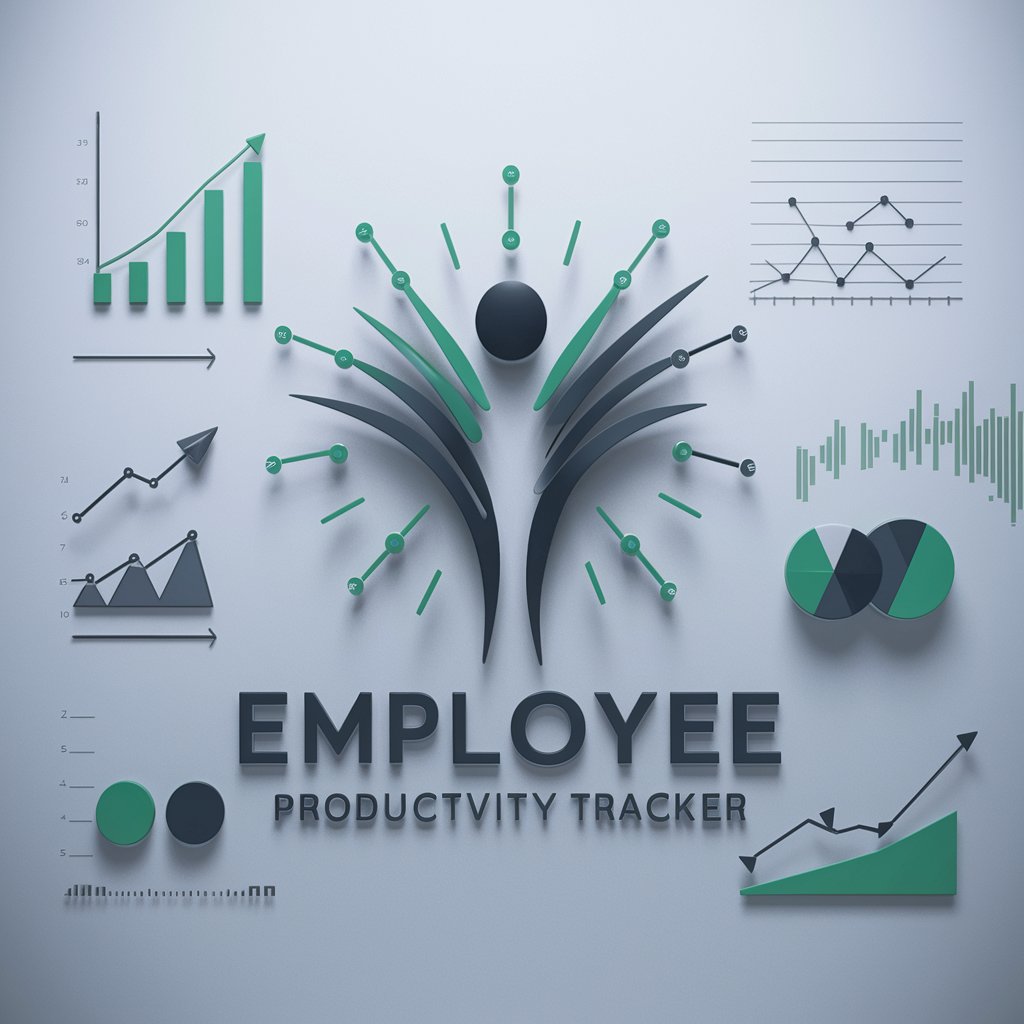
Welcome! Let's optimize your team's productivity with data-driven insights.
Boost Your Team's Efficiency with AI
Analyze the productivity metrics for our sales team over the last quarter.
Provide recommendations for improving project completion rates in our software development team.
Compare the efficiency of remote workers versus in-office workers based on the provided data.
Identify the top three factors affecting employee performance in our organization.
Get Embed Code
Overview of Employee Productivity Tracker
The Employee Productivity Tracker is designed as a sophisticated tool to analyze and enhance workforce efficiency and performance. By leveraging data across various metrics such as hours worked, sales figures, project completion rates, and more, this tool aims to provide actionable insights for improving productivity. It is adept at interpreting complex datasets to pinpoint areas of improvement, set realistic productivity goals, and track progress over time. For instance, in a scenario where a sales team's output is fluctuating, the tracker can analyze individual and team sales data, identify patterns or inconsistencies, and suggest targeted strategies for stabilizing and enhancing sales performance. Similarly, for project-based work, it can monitor completion rates, assess delays, and help in reallocating resources more effectively to meet deadlines. Powered by ChatGPT-4o。

Core Functions of Employee Productivity Tracker
Data Analysis and Reporting
Example
Analyzing weekly sales data to identify trends, outliers, and performance gaps.
Scenario
In a retail company, this function allows managers to understand which products are underperforming, peak sales periods, and staff contributions to sales, aiding in inventory management and staff scheduling.
Goal Setting and Progress Tracking
Example
Setting individual and team productivity targets based on historical performance data.
Scenario
For a software development team, it enables the setting of realistic sprint goals based on past sprint outcomes, tracking progress in real-time, and adjusting tasks or resources as needed to ensure timely project completion.
Resource Optimization
Example
Recommending adjustments in workforce allocation based on project demands and individual performance metrics.
Scenario
In a consulting firm, this function helps in assigning consultants to projects not just based on availability but also considering their productivity scores and project requirements, optimizing billable hours and project success rates.
Target User Groups for Employee Productivity Tracker
Business Managers and Leaders
This group benefits by obtaining a clear, data-driven understanding of their team's performance, identifying areas for improvement, and making informed decisions on resource allocation, training needs, and strategy adjustments to meet business objectives.
Human Resources Professionals
HR professionals can use the tracker to analyze workforce productivity trends, support performance management processes, and develop tailored training and development programs that address specific gaps identified through the tracker's analysis.
Project Managers
Project managers can leverage the tool to ensure project timelines are met efficiently by monitoring team productivity, identifying bottlenecks in real-time, and reallocating resources promptly to avoid delays and enhance project delivery quality.

How to Use Employee Productivity Tracker
1
Begin your journey at yeschat.ai for a commitment-free trial, accessible without needing to sign up for ChatGPT Plus.
2
Input your team's productivity data, such as hours worked, sales figures, or project completion rates, to start the analysis.
3
Use the generated insights to identify areas of high performance and those needing improvement.
4
Implement suggested strategies and best practices tailored to your team's unique needs for enhanced productivity.
5
Regularly update your data inputs to monitor progress and make data-driven adjustments to your team's workflow.
Try other advanced and practical GPTs
Personal Productivity System Consultant
Empowering your productivity with AI-driven insights
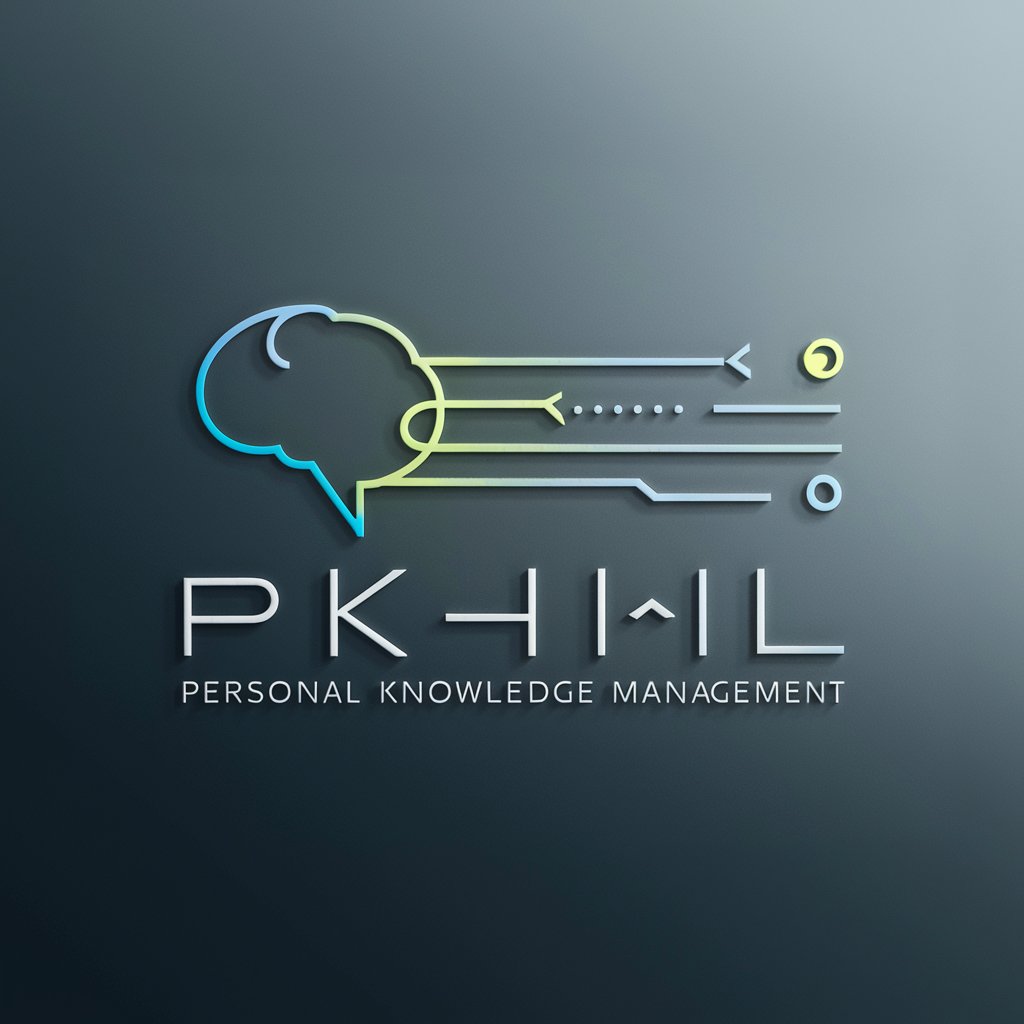
Aspire Navigator
Empowering Your Entrepreneurial Journey with AI

The Product Manager by Clarifyit.AI
Empowering Product Success with AI Insights
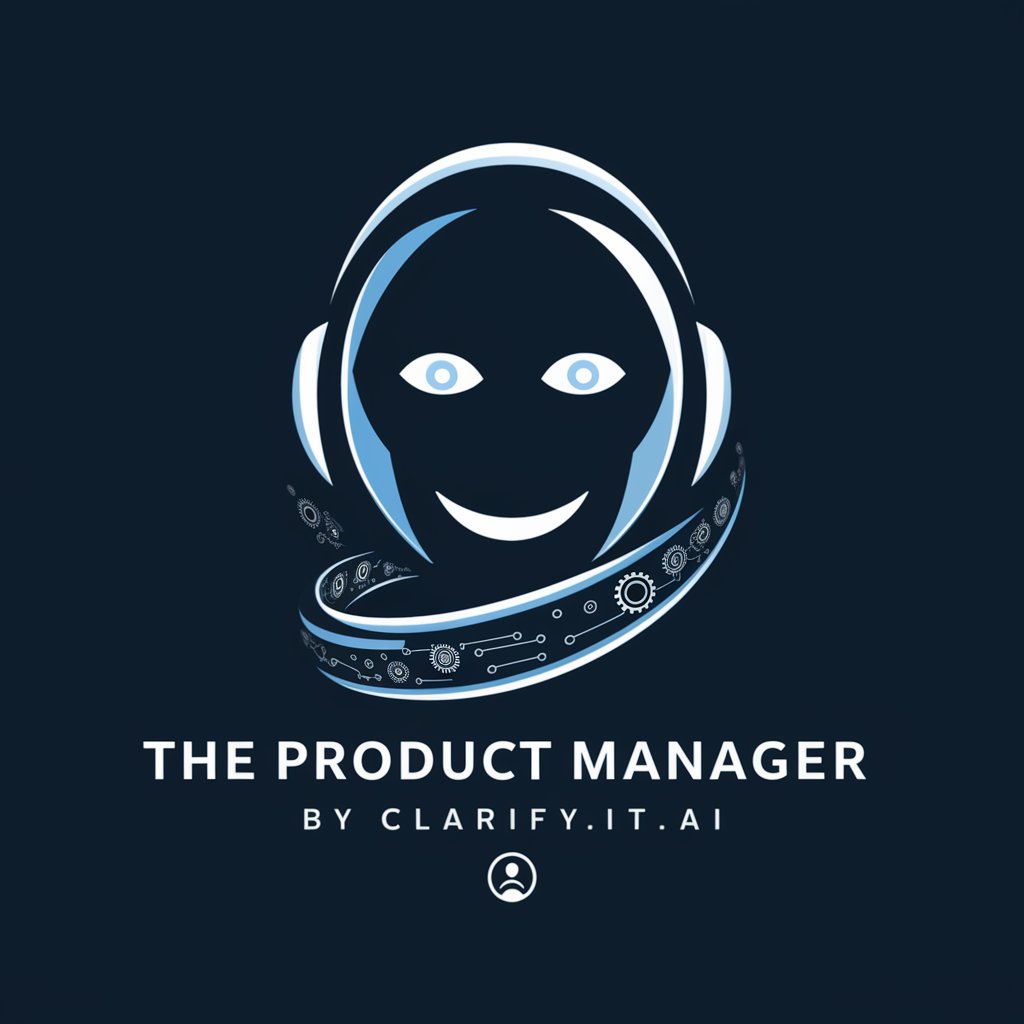
Salesforce PO Copilot
Empowering Salesforce projects with AI
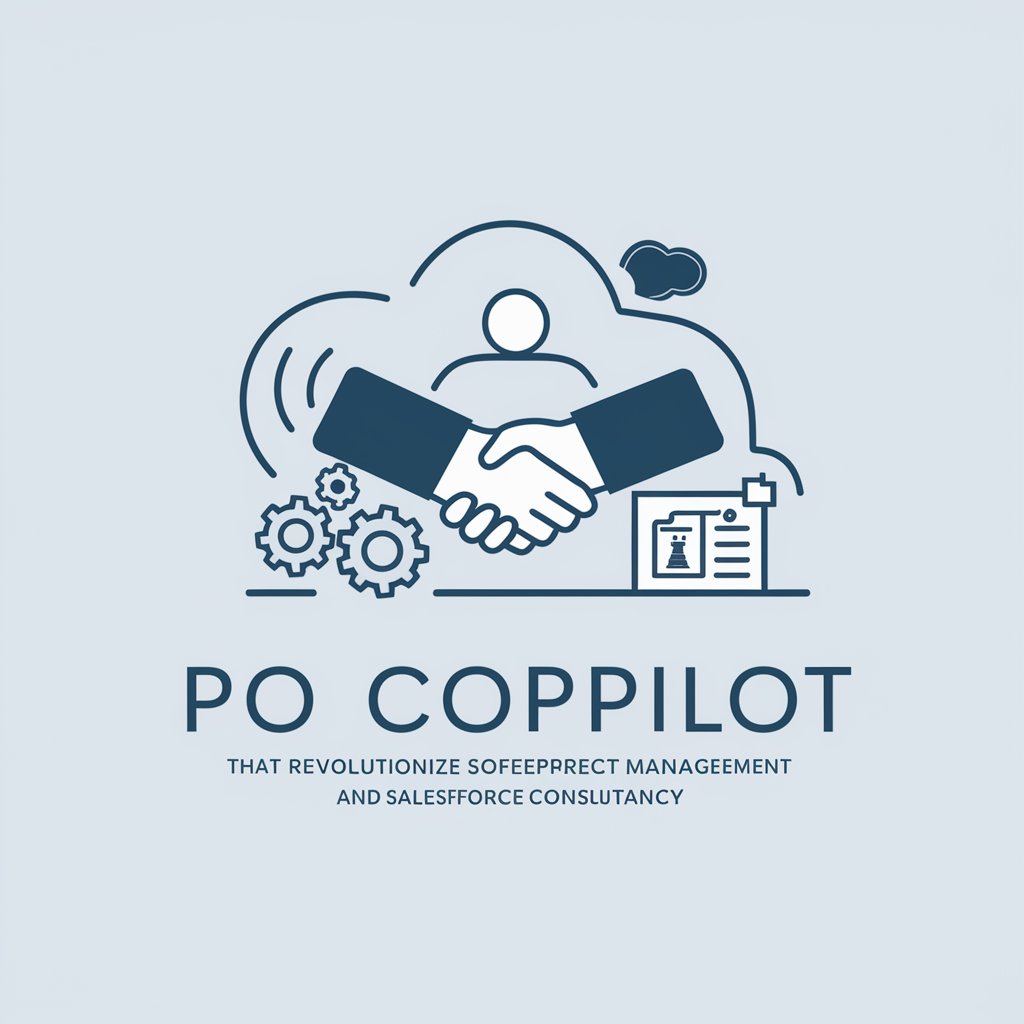
Product Leadership Advisor
Empowering Product Teams with AI-Driven Strategy

Product Mentor
Empowering Product Success with AI

Programming Coach
Empowering Your Coding Journey with AI

Project Planner
Streamlining Construction Projects with AI
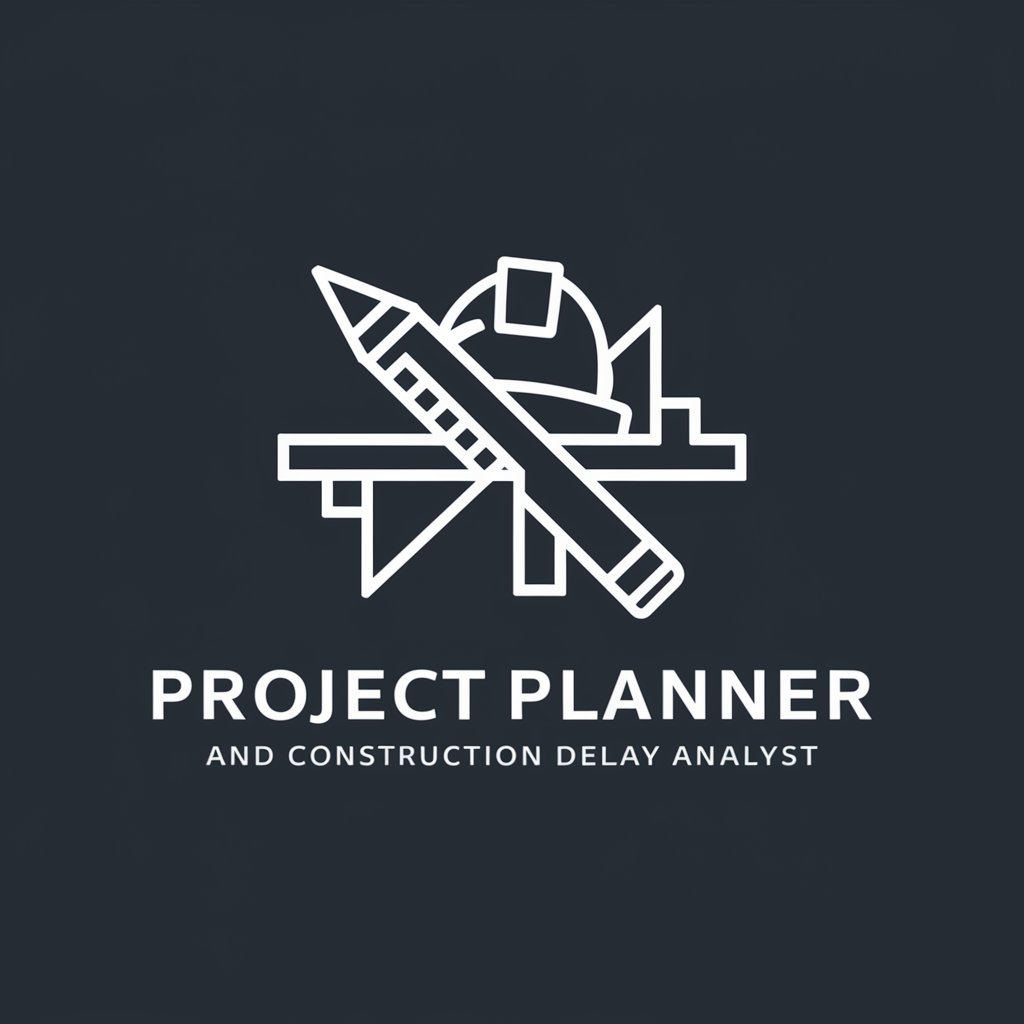
Prompt Engineer
Crafting clarity with AI

Prompt Perfectionist
Refine Your Prompts with AI-Powered Precision

AI Prompt Engineering
Crafting Precision in AI Responses

Dutch Prompt Engineer
Craft Prompts with Precision, Powered by AI

Employee Productivity Tracker FAQs
What types of data can Employee Productivity Tracker analyze?
The tool can analyze a wide range of data, including but not limited to hours worked, sales figures, project completion rates, and employee engagement metrics.
How does this tool help in improving team productivity?
By providing detailed insights and actionable recommendations based on your team's specific data, it helps identify efficiency gaps and suggests improvements.
Can Employee Productivity Tracker be used for remote teams?
Yes, it's perfectly suited for remote and hybrid teams, offering features that help manage and enhance productivity regardless of location.
Is there support for integrating with other tools or platforms?
While direct integration features may vary, the tool is designed to complement existing productivity tools through data import/export functionalities.
How often should I update my data in the tool?
For optimal results, regularly updating your data—such as weekly or monthly—allows for timely insights and adjustments to your productivity strategies.
